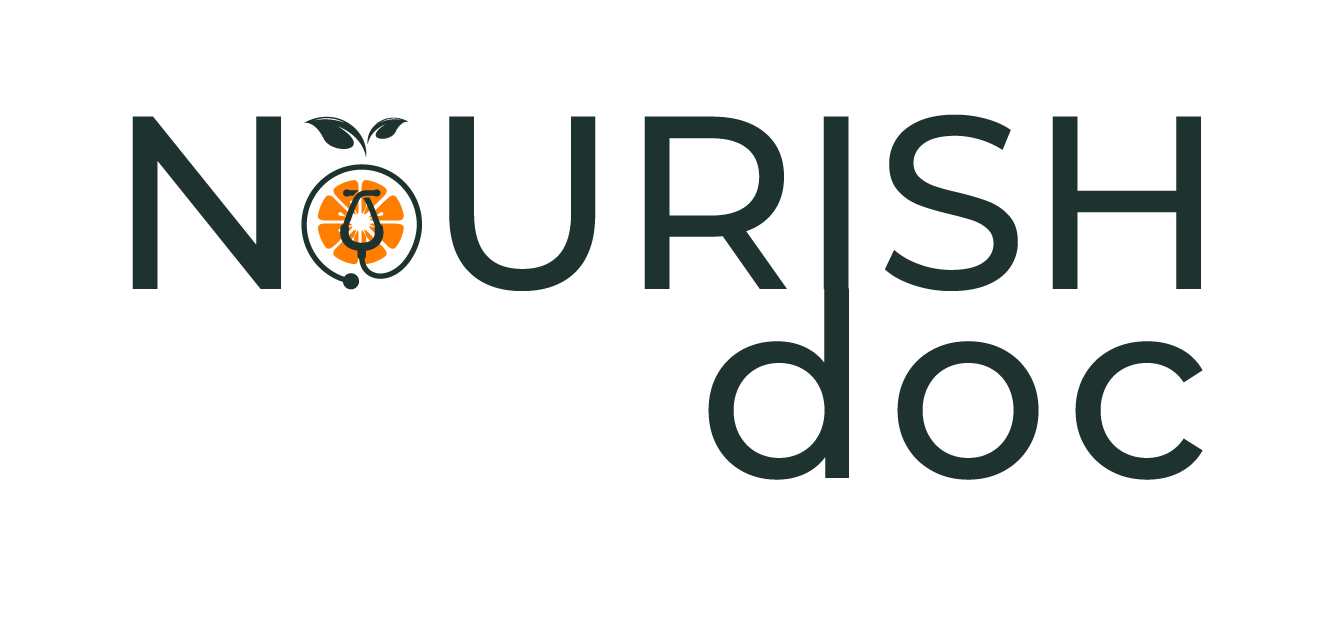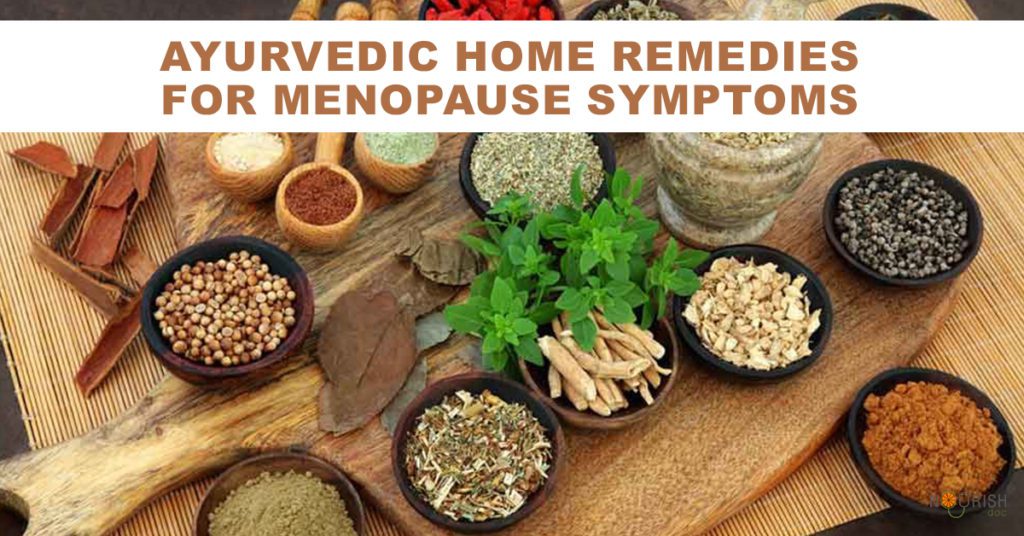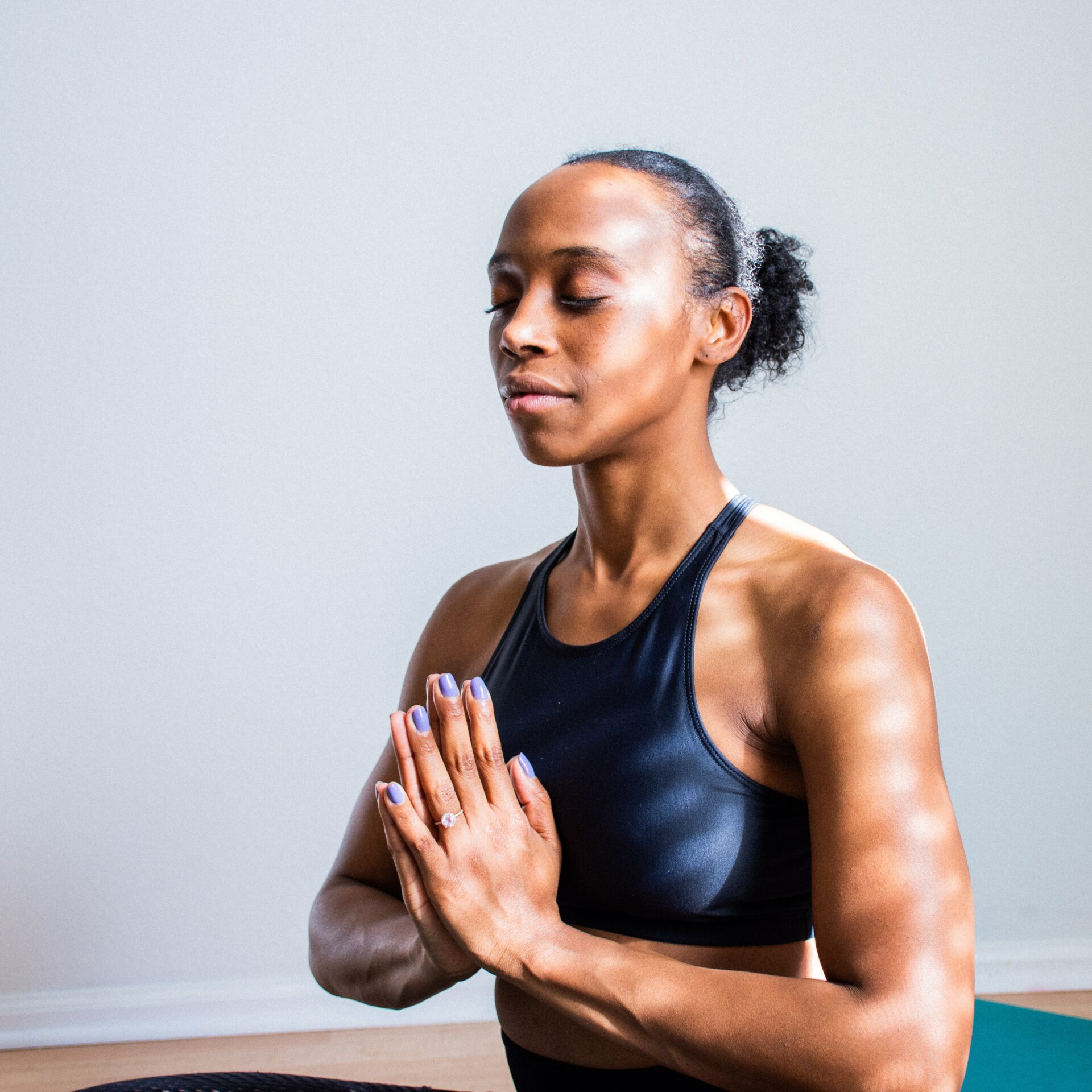Indian home remedies for menopause symptoms have helped women over centuries manage common symptoms like hot flashes, mood swings, and sleeping issues. Menopause can cause many symptoms, such as hot flashes, brain fog, night sweats, mood changes, vaginal dryness, and sleep disturbances. While many medical treatments are available for menopause, some women prefer home remedies.
While menopause is a natural process, the symptoms can be challenging to manage. Luckily, India has a long tradition of using home remedies to manage health issues. Here are the top Indian home remedies for menopause. We explore some Indian home remedies for menopause. If your symptoms are disruptive or bothersome, Ayurvedic treatments, yoga, meditation, diet, simple lifestyle changes, and Indian home remedies for menopause can help.
Ayurvedic View Of Menopause Symptoms
Vata Pitta Balancing For Menopause Symptoms
The signs and symptoms of menopause include irregular periods, decreased fertility, vaginal dryness, hot flashes, sleep disturbances, mood swings, increased abdominal fat, thinning hair, and loss of breast fullness. Though menopause isn’t an illness, you shouldn’t hesitate to get treatment or lifestyle adjustments if you have severe symptoms. Hypothyroidism and mood disorders have to be ruled out in the differential diagnosis. Monitor blood pressure, lipid profile, and renal functions.
Vata Pitta balancing is the Ayurveda guideline for the menopausal period. Herbs that are sweet tasting are commonly used; a couple of medicines work very powerfully.
During menopause, we’re low on ojas, so we have a lessened ability to maintain balance, even in the same environment and with the same stressors. Couple that with the erratic nature of Vata, unchecked, and our body changes into a sympathetic overdrive. Our nervous system is a delicate balance of the sympathetic nervous system, a stress-oriented system for self-preservation, and the parasympathetic nervous system, which works to unwind and renew.
These two branches operate as opposing yet complementary systems. Due to low ojas, menopause becomes a condition of the high sympathetic nervous system–cortisol levels increase, blood pressure increases, and heart rate increases. This state of stress drives high pitta through the body, ready to attack any danger. The menstrual cycle can be considered a curative rakta moksha. In the ideal, healthy condition of the menopausal woman, we shift away from pitta predominance, mentally and physically, to Vata predominance. Typically, the female body would transition just fine. But with ongoing pitta activities and continuous activation of the sharp and hot sympathetic system, pitta stays trapped within the body.
In the end, we are left with the following procedure:
– Elevated, ungrounded Vata disperses throughout the body, carrying your body’s digestive fire, Agni, away from its home in the stomach and intestines. This leads to difficulty with digestion and general nutrition.
The warmth traveling in the circulatory system gives rise to hot flashes, insomnia, and cardiovascular disease.
– High Vata also flows down, drying out the vagina.
– High Vata in the colon and other deeper tissues eventually creates conditions like osteoporosis.
– Superfine Tejas, also decreased, leads to problems with memory and concentration and a higher predisposition to cancers.
Indian Home Remedies For Menopause
There are several herbal, dietary, and yoga-based remedies you can try as you manage the different menopause symptoms:
-
Saffron
Saffron is used in menopause, depression, and Alzheimer’s disease and includes vitamin A, calcium, D, and B12. Saffron acts as an antioxidant that helps protect the body from oxidant-induced stress. It contains several vital vitamins, including vitamin A, folic acid, riboflavin, niacin, and vitamin C. Saffron stigmas have been used as a flavoring base and coloring foundation in both food and beverages.
-
Black Cohosh
Black cohosh is used today mainly as a dietary supplement marketed to girls as remedies for premenstrual tension symptoms and age-related disorders like osteoporosis. It has analgesic, sedative, and anti-inflammatory properties.
-
Red Clover
Dietary levels of red clover are safe to use as well. The flowers have antispasmodic, estrogenic, and expectorant properties. Chinese medicine has used red clover in teas as an expectorant. Russians recommend the herb for bronchial asthma. Traditionally, the herb was used in treating prostate cancer. Reduce hot, sour, and salty tastes. Use of Ksheerabala nasal drops or as nasyam and using milk for Sirodhara is effective in hard cases.
-
Soy
Soy products contain plant-based compounds known as phytoestrogens and can emulate the effects of estrogen in the body. Estrogen levels naturally decline during menopause, so consuming soy may help alleviate some menopausal symptoms. Some good sources of soy include tofu, edamame, soy milk, and tempeh.
-
Aloe vera
Aloe vera is a common Indian plant that has many health benefits. It can help manage vaginal dryness, a common symptom of menopause. Applying aloe vera gel to the vaginal area can help keep the tissues moist and healthy.
-
Ginger
Ginger is a spice commonly used in Indian cuisine and has many health benefits. It can help manage nausea and vomiting, which can occur during menopause.
-
Amla or Indian gooseberry
Indian gooseberry, or amla, is a fruit rich in antioxidants. Adding Indian gooseberry to your diet can help manage oxidative stress, which can contribute to many health issues, including menopause symptoms.
-
Flaxseed
Flaxseed is another food that contains phytoestrogens and is also rich in omega-3 fatty acids to help reduce inflammation. Flaxseed can be added to smoothies, oatmeal, or yogurt.
-
Ashwagandha
Ashwagandha is an herb used in traditional Indian medicine for centuries. It can have a calming effect on the body and may help alleviate anxiety and depression, common menopausal symptoms. Ashwagandha is available in supplement form and can be found at most health food stores.
-
Yoga
Yoga is a popular Indian practice that combines asanas, breathing techniques, and meditation. It has been researched to have many health benefits, including lowering stress and anxiety, improving sleep, and alleviating hot flashes. There are many different styles of yoga, so it’s important to find a class that suits your needs and abilities.
-
Meditation
Meditation involves focusing the mind on a particular thought, object, or activity to achieve a state of relaxation and mental clarity. It can have numerous health benefits by reducing stress, improving sleep, and helping with hot flashes. There are many different types of meditation, so it’s important to find a technique that works for you.
-
Aromatherapy
Aromatherapy uses essential oils to boost relaxation and well-being. Some oils that may be helpful for menopausal symptoms include lavender, clary sage, and peppermint. Essential oils can be diffused in a room, added to a bath, or used in massage therapy.
-
Acupuncture
Acupuncture is gaining popularity in India. It is an ancient traditional Chinese medicine technique that inserts thin needles into specific points on the body and stimulates energy flow. Research has shown that it can have numerous health benefits, including reducing hot flashes and improving sleep. A licensed practitioner should only perform acupuncture.
-
Turmeric
Turmeric is a commonly used spice in most Indian cuisines. It contains curcumin, which has anti-inflammatory properties. Inflammation can contribute to various menopausal symptoms, so consuming turmeric may be helpful. Turmeric can be added to soups, vegetables, curries, or smoothies.
-
Sesame Oil
Sesame oil is a traditional remedy for vaginal dryness, a common menopausal symptom, and it can be used as a lubricant during intercourse or applied topically to the vaginal area.
In summary, menopause is a natural process, but the symptoms can be challenging to manage. Fortunately, India has a long tradition of using home remedies to manage health issues, and many of these remedies can be effective in managing menopause symptoms. If you are experiencing menopause symptoms, consider trying one or more of these Indian home remedies to improve your quality of life and manage your symptoms.
Lifestyle changes for menopause symptoms
Lifestyle strategies for dosha balancing
– The morning abhyanga, or ayurvedic oil massage, prevents menopausal issues. Ayurvedic oil is designed to improve circulation, calm Vata dosha, and provide needed moisture to the skin.
– Sleep is very important to the woman entering menopause or going through menopause because both Vata and Pitta imbalances may lead to sleep issues, which is only going to make menopausal imbalances worse. To maintain both doshas in balance and to sleep deeply at night, ensure that you’re in bed before 10:00 p.m. and appear before 6:00 a.m. This is the time of the night when sleep becomes easier and more relaxed. If you stay awake past 10:00, it’ll be harder to fall asleep, and you will also boost any Pitta imbalance since 10:00 p.m. to 2:00 a.m. is your Pitta period of the night; once the body has to rest, be able to cleanse and purify itself.
– For Pitta and Vata dosha, it is important not to skip meals and to eat your primary meal at noon, when the digestive system is at its most powerful. Try to eat at the same time each day, and go to bed and wake up at the same time in a good routine.
– Get great rest throughout your menstrual cycle as you approach menopause. This can keep Apana Vata in equilibrium and prevent the more severe complications of menopause.
– Daily exercise (gentle for Vata and not overly overheating for Pitta) is also essential for maintaining all doshas in balance.
See: Does menopause cause hair loss
How Indian Home Remedies Help
Indian home remedies help balance the body’s systems, such as metabolism, bodily substances, and movement. During menopause, the production of estrogen in the body is reduced. Ayurveda can help to provide the right amount of estrogen to balance the bodily systems. Combining Ayurveda, herbs, yoga, and meditation can help relax the mind while balancing the body systems.
Science and Research
As menopause takes place over the years, menopause is often divided into two phases: Perimenopause (start experiencing menopausal signs and symptoms, even though you still menstruate; it may last four to five years) and Postmenopause (once 12 months have passed since your last period; your ovaries produce much less estrogen and no progesterone, and they do not release eggs).
Summary
Menopause is a natural process, but the symptoms can be challenging to manage. Fortunately, India has a long tradition of using home remedies to manage health issues, and many of these remedies can be effective in managing menopause symptoms. If you are experiencing menopause symptoms, consider trying one or more of these Indian home remedies to improve your quality of life and manage your symptoms.







